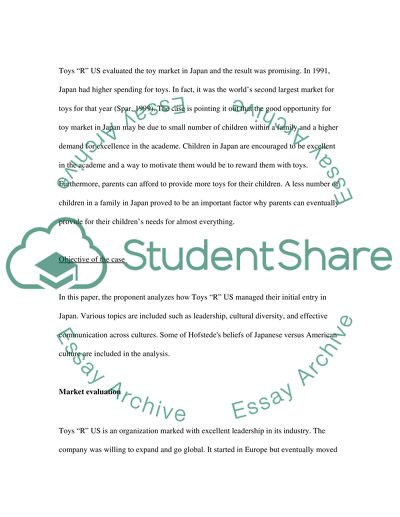Cite this document
(“Case Study on Toys R US Japan Essay Example | Topics and Well Written Essays - 1500 words”, n.d.)
Retrieved de https://studentshare.org/marketing/1429606-case-study-on-toys-r-us-japan
Retrieved de https://studentshare.org/marketing/1429606-case-study-on-toys-r-us-japan
(Case Study on Toys R US Japan Essay Example | Topics and Well Written Essays - 1500 Words)
https://studentshare.org/marketing/1429606-case-study-on-toys-r-us-japan.
https://studentshare.org/marketing/1429606-case-study-on-toys-r-us-japan.
“Case Study on Toys R US Japan Essay Example | Topics and Well Written Essays - 1500 Words”, n.d. https://studentshare.org/marketing/1429606-case-study-on-toys-r-us-japan.


